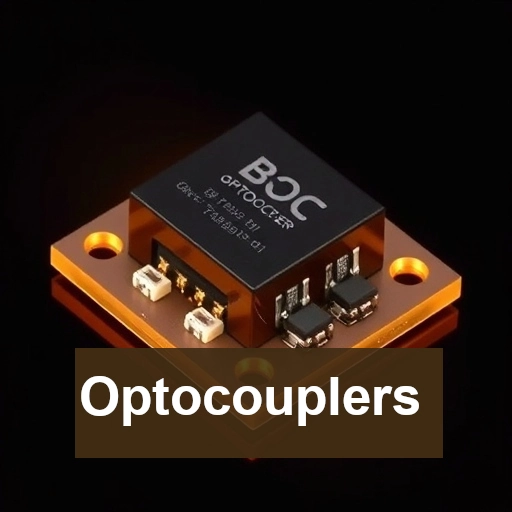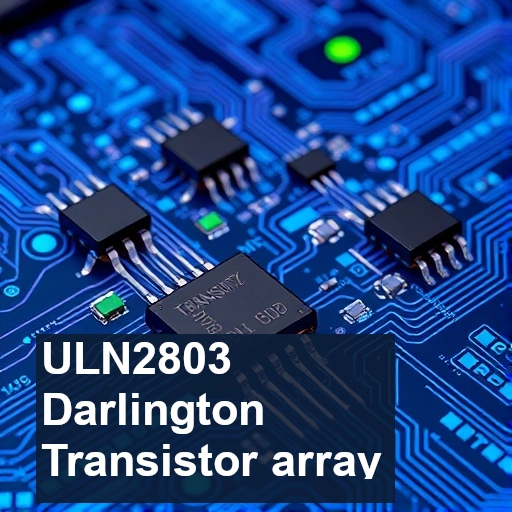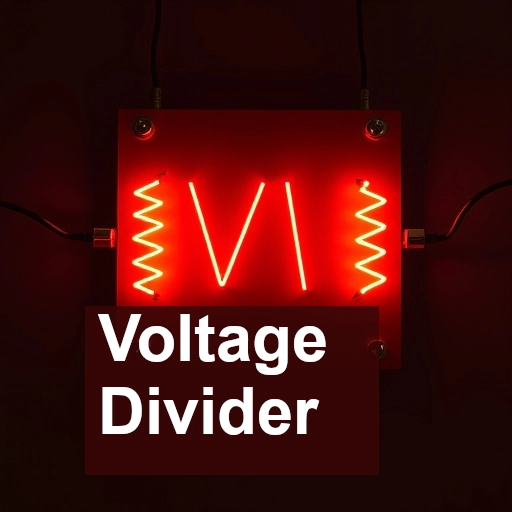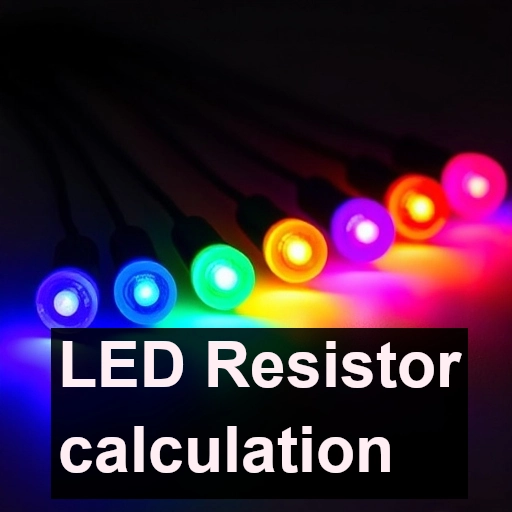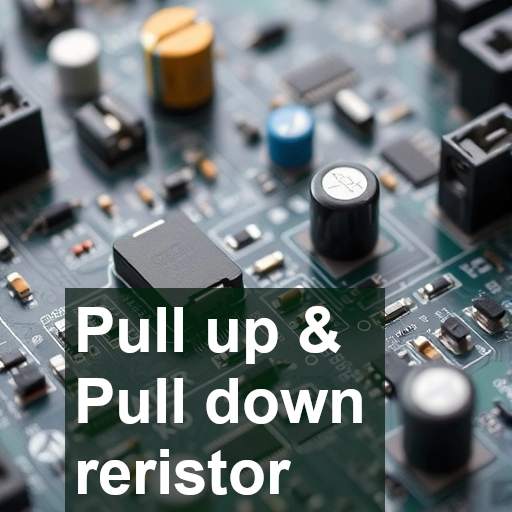Optocouplers, also known as opto-isolators, are electronic components that transfer electrical signals between two isolated circuits by using light
Uln2803: A Comprehensive Guide
The ULN2803 is an integrated circuit (IC) designed to facilitate the control of high-power loads from low-power digital systems. Specifically, it is a high-voltage, high-current Darlington transistor array that allows a microcontroller or logic circuit to interface with larger, high-voltage devices, such as motors, relays, and solenoids, without the need for direct high-current driving.
Understanding Voltage Dividers: A Fundamental Concept in Electronics
A voltage divider is a passive circuit consisting of two or more resistors connected in series. It works on the principle of Ohm’s Law and the concept of resistance to divide the total input voltage into smaller, proportional voltages across the resistors.
Understanding LED Resistor Calculation: A Beginner’s Guide
Unlike regular bulbs, LEDs are current-driven devices. This means they require a specific amount of current to operate properly. If too much current flows through an LED, it can overheat, get damaged, or even burn out. Resistors are used to limit the amount of current that flows through the LED, ensuring its longevity and efficient performance.
Understanding Analog to Digital Converters: A Comprehensive Guide
An ADC is an electronic device that converts an analog voltage signal into a digital number. This conversion is vital in various applications, from simple temperature measurements to complex audio processing. The basic principle behind an ADC involves sampling the analog signal at discrete intervals and quantizing these samples into digital values.
Demystifying Pull-Up and Pull-Down Resistors in Circuit Design
In the world of electronics, especially in digital circuits, the concepts of pull-up and pull-down resistors play a crucial role in ensuring reliable signal levels. While these components may seem simple at first glance, they serve essential functions in controlling the behavior of digital inputs. In this article, we’ll explore…

